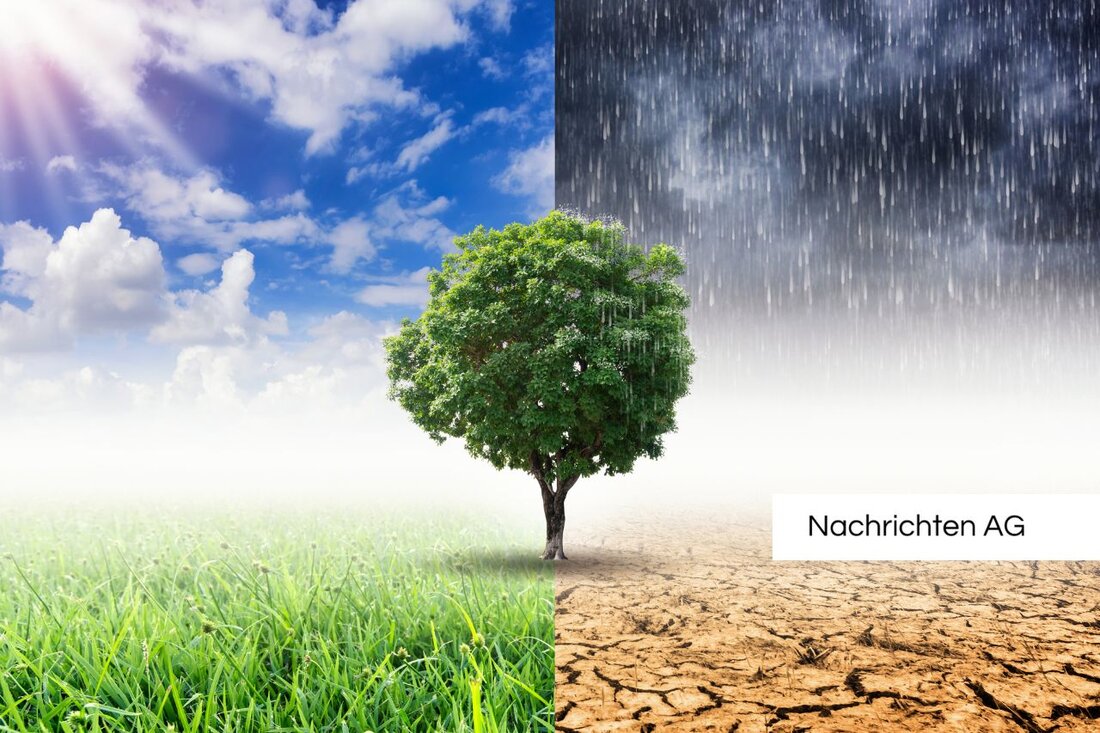Densification in Pankow: compromise or catastrophe for residents?
Densification in Pankow: compromise or catastrophe for residents?
On Monday, June 16, 2025, a decisive on-site appointment takes place in the Gesobau residential complex on Ossietzkystrasse in Alt-Pankow. District Mayor Dr. Cordelia Koch (Pankow) and district mayor Martin Schaefer (Lichtenberg), together with representatives of the Green Kiez Pankow citizens' initiative, discuss current urban challenges. The main topic will be the handling of the Senate's right of intervention in the planning of the districts, in particular with regard to the desired densification of Gesobau, which has been discussed since 2019.
This replica project is offset by critical voices, since it would result in the development of green courtyards and would bring a loss of a playground. The district of Pankow had already set up a B plan in April 2021 that aims at more compatible urban development, but is of the opinion that the project is not approved. Despite these concerns, the Senate has granted a building permit through special building law and thus dealt with democratic coordination processes between the district administration, district council assembly and citizens, as berlin.de.
participation of the citizens in focus
In the announcement of the on-site appointment, Dr. Cordelia Koch the importance of compromising between the need for densification and the preservation of light and air. In addition, Martin Schaefer calls for a stronger say in the residents and more careful planning in order to better take into account the needs of those affected. Critical voices also come from the citizens' initiative, which critically examines the existing barrier of the courtyards and demands an end to the exclusion of the residents. Grit Bürgow from the initiative emphasizes that the preservation of old trees is important not only for urban design, but also for the city climate and the health of the residents.
The discussion about densification in urban rooms is not new. According to bundesbaublatt.de, the focus is on the use of releasing areas in existing development plans, which is supported, among other things, by the need for new architectural and urban concepts. One of the goals is the better use of residual plots or vacant lots, which are often difficult to build. A closer inclusion of the neighborhood in the planning process is crucial in order to minimize resistance and not to increase costs and construction times unnecessarily.
densification in the context of climate change
The importance of replica projects is growing in view of increasing challenges from climate change. As bbsr.bund.de explained the opportunity to protect freedom and at the same time maintain urban habitats. However, such projects are often not systematically involved in integrated urban development, which leads to a lack of overall strategies. However, transparent and strategic planning can help to avoid conflicts.
In many cities, especially in prosperous regions, there is high pressure on the housing market, which drives frequented post -decent projects. Different approaches, such as increases or block edges, can help to efficiently compact the living space without affecting the quality of life of the residents too much. The criteria of planning are crucial, which have to focus on both climatic and social aspects to ensure a balanced development.
| Details | |
|---|---|
| Ort | Ossietzkystraße, 10119 Berlin, Deutschland |
| Quellen | |


Kommentare (0)